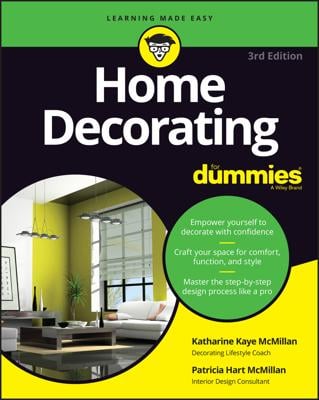Cooktops with built-in woks, ovens built into the wall are just some options you have when choosing a range and oven for your kitchen remodel. If you want to keep things simple in your kitchen, you can stick with an all-in-one cooking top and oven appliance (called a range).
Ranges come in three basic types: A slide-in range fits between two base cabinets and has unfinished sides. A drop-in range actually rests on part of a cabinet base between two base cabinets. It, too, has unfinished sides. A freestanding range can fit between two cabinets or can be placed at the end of a cabinet. Freestanding units have finished sides.
Many new kitchen designs are set up for using a cooking surface unit that has separate burners or heating elements that are not part of an oven combination. These units are commonly called cooktops. Today’s cooktops have options such as griddles, down-drafting grills, rotisseries, and woks.
Don’t be surprised to see a cooktop used in an island, either, as a second cooking surface. Another neat feature when using a cooktop is that the space that normally is occupied below the unit by the oven is open for storage drawers, making it a very convenient spot to store your pots and pans.
Installing an additional cooktop involves getting power and ductwork to the location. These steps are best left to a pro to ensure proper operation and, just as important, proper ventilation.
Electric cooktops are less expensive than their gas-fired counterpart, however, they’re more expensive to operate. Controlling the heat on an electric unit is more difficult than with a gas-fired cooktop and electric coils take much longer to cool down. On the flip side, however, an electric-coil burner actually heats water faster than a gas-burner unit.
The key to selecting the right sized oven is to look at its interior dimensions. The amount of interior space can differ greatly even in ovens with the same external dimensions. If you choose a 24-inch-wide unit, be prepared for problems. An oven of that width can usually accommodate a standard cookie sheet, but not a roasting pan. A 27-inch-wide oven will handle just about any size roasting pan, even a large turkey roaster, and a 30-inch oven can even handle two cookie sheets side-by-side.
Conventional ovens: Conventional ovens cook food by using radiant energy from their fuel source and natural convection from the heated air inside the oven. They can be either gas-fired or electric. Gas ovens bake moister; however electric ovens bake more evenly.
Convection ovens: Originally developed in the 1950’s to help commercial bakers save time and bake things more evenly, the convection oven is not particularly popular, especially as the only oven in a kitchen. They cook with an electric heat source and use a fan to circulate hot air within the oven.
Because the unit uses moving air to cook the food, the oven tends to dry food out. Recipe cooking times must also be modified because a convection oven cooks much more quickly than a conventional oven. Many folks go through a period of trial-and-error to get cooking times adjusted and ruin a fair amount of food in the process.
Combination units: A combination convection/conventional oven uses a heating element inside the oven (conventional) and a fan to circulate the heated air (convection). The drawback to this design is that this oven doesn’t heat as evenly as a true convection oven, so you really need to watch the food you’re cooking to avoid burning it.
Wall ovens: Adding a second wall oven is a popular option and upgrade, especially if you do a lot of baking. Wall ovens come in 24-, 27-, and 30-inch wide styles and can be either gas or electric powered.

